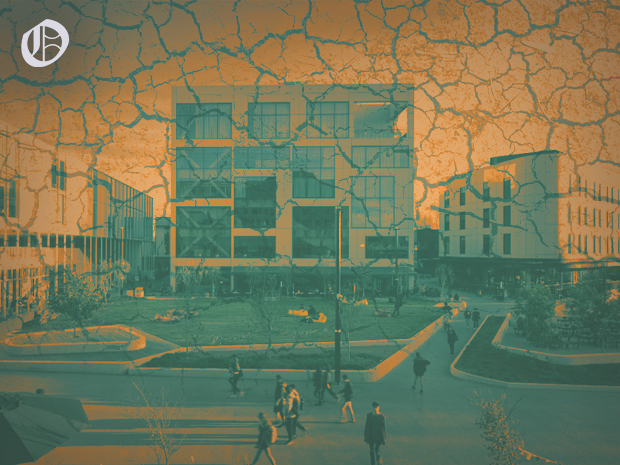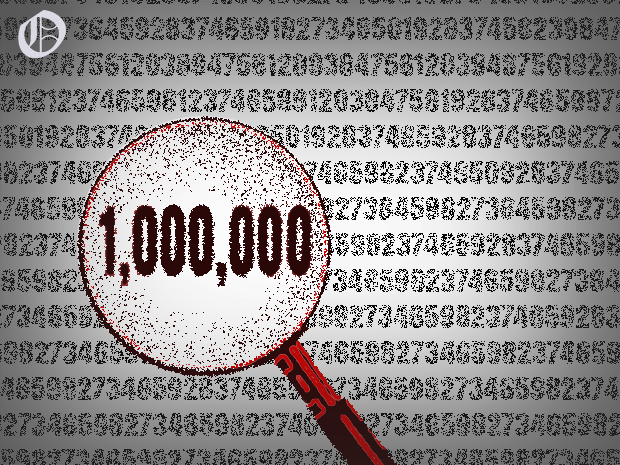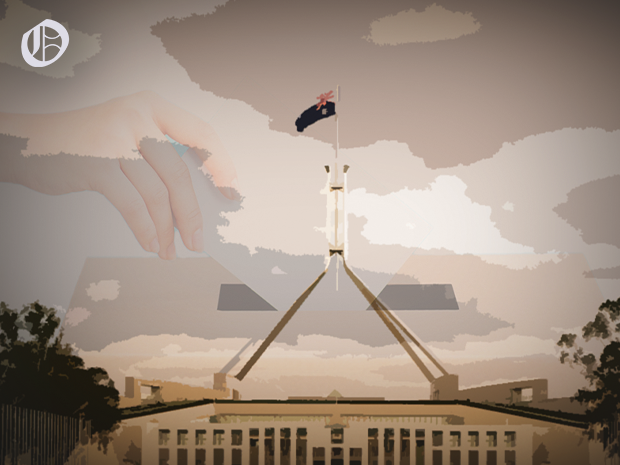Youth Allowance in Canberra – How does it compare to other Cities?

By Tom Kersten
Youth Allowance is a fortnightly payment students can receive if certain requirements are met, including income & assets tests. The maximum amount an individual can receive is $679 per fortnight.
When applying for Youth Allowance, Services Australia will consider if you are dependent or independent. Anyone under 22 years of age is automatically classified as dependent, even if they live by themselves.
Being dependent means the individual’s parents / guardians income will influence how much Youth Allowance they will receive.
Once 22 years of age, you are considered independent, meaning parents / guardians income will not impact the allowance you receive.
Personal income also impacts payment values. An individual who is single and living away from their parents home, will get 50 cents reduced per every dollar above $452, if they earn between $452 – $542. Once this individual earns any amount over $1086.34 per fortnight they will no longer receive any Youth Allowance payments.
In March, the Australian Bureau of Statistics announced that Canberra had a 2.2% increase in the Consumer Price Index since December 2021. The yearly increase between March 2021 – March 2022 was the largest Canberra has experienced since 2000, at 5.4%.
The price of Tertiary Education increased (6.3%) in all capital cities during the March quarter, mainly due to changes in fee structures affecting more students.
For many people, rent is a pressing issue. Figures from insurance company Budget Direct show rent prices in Canberra are 12.88% higher than the national average of $1349.31 per month for a one-bedroom apartment outside the city centre.
Budget Direct notes Canberra to be the second cheapest city to live in out of all major Australian cities. However, this is based on the average monthly salary of Canberrans, which is $5480.77.
Last year, Observer found that 38% of domestic students were from NSW or Victoria. Sydney and Melbourne rank first & fifth respectively in Budget Directs rankings, with Sydney as the city with the most expensive rent
In regards to rent, Sydney has an average rent of 55.51% above the national average while Melbourne is considerably cheaper than both Canberra and Sydney at only 2.48% above the average.
Data from ’Everybody’s home’ shows that 42.1% of renters in the Canberra electorate experience financial stress. In the electorate of Fenner this figure is 29.9% while 24.2% in the electorate of Bean.
The Anglicare 2022 Rental Affordability Snapshot found that in the month of March, out of 1354 rental properties on the market in the ACT & Queanbeyan, none were affordable for a student solely relying on Youth Allowance payments.
The all time low vacancy rate of 0.5% in Canberra leaves potential renters with limited choice and market power.
Real Estate website Domain listed the median rental price for a house in Canberra to be $700 per week, the highest median price ever recorded across Australia. For an apartment the average was $540.
If a rental property becomes available for someone relying only on Youth Allowance payments, 92% of their income would need to be used for rent, according to Everybody’s Home. This leaves only 8% of their income for other purposes.
When taking into account the wage of a level 1 retail or hospitality worker on Youth Allowance, Everybody’s Home indicated that between 48-53% of their wage would need to be used for rent payments.
In Sydney, this percentage is between 44-48 while in Melbourne it is between 36-39%. Brisbane has the lowest proportion of income required for rent at 35-38%.
“Young Australian[s] are caught in a vice of surging rents and declining real wages” Kate Colvin from Everybody’s Home said.
But it “doesn’t have to be this way,” Colvin emphasises.
“Federal Government policy is creating this crisis but Federal Government action can also fix it. We can give people on low and modest incomes more choice by expanding the supply of social and affordable housing.”
“Everyone deserves the security of a stable home. This should be a right, not a privilege.
In Hobart, the cheapest city to live in according to Budget Direct, consumer prices are 6.57% below the national average, with grocery prices being the cheapest in the country, nearly 10% below the average. Groceries in Canberra are 1.28% below the average while Darwin is the most expensive for groceries at 8.84% above the average.
Making healthy meals is already a challenge for many students, and the 13.2% increase in vegetable prices in Canberra over the past year does not make it easier.
With the Federal Election taking place today many students will bear in mind the increasing living costs, which even with Youth Allowance payments are becoming increasingly difficult for students to manage.









